Pollination success is critical to final yield
- The number of kernels set is largely determined near the time of pollination
- Yield losses due to reduced kernel set at pollination cannot be fully regained
Kernel set requires the successful completion of several plant processes
- Production of viable pollen by the tassel
- Interception of pollen by receptive silks
- Fertilization
- Embryo and endosperm development
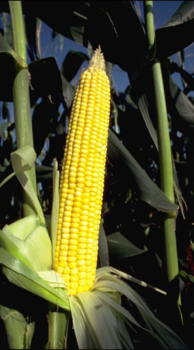
Pollination
- Pollen shed or anthesis is controlled by a combination of genetic and environmental factors
- Once pollen grains have matured inside corn anthers, these anthers begin to dry or dehisce
- Anthers typically shed pollen around mid-morning as anthers dry in the heat and sunlight
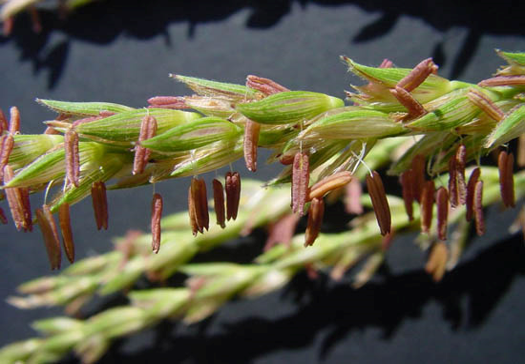
- As anthers dehisce, they split apart to allow pollen grains to fall into the open air
- Pollen grains are viable for only a few minutes after they are shed until they desiccate
- A tassel normally sheds pollen for about 5 days
- Pollen shed in a field can last up to 2 weeks
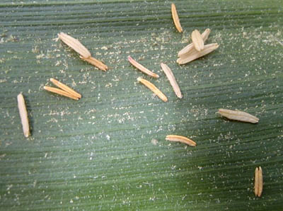
Silk Emergence
- Each silk that emerges from an ear shoot connects to a single ovule, or potential kernel
- A silk must be pollinated for the ovule to develop into a kernel
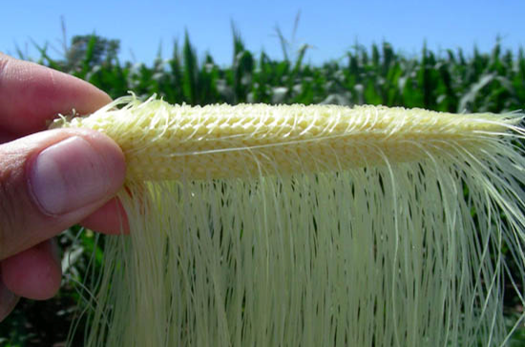
- Silk emergence proceeds from the base to the tip of the ear over the course of 4 to 8 days
- Silks will continue to elongate for up to 10 days after emergence or until they are pollinated
- Silk receptivity decreases over time following emergence due to the senescence of silk tissue
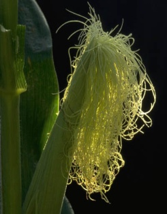
Stress at pollination can reduce yield
- Stress susceptible period extends from 1 week prior to silking to approximately 2 weeks after silking
- Yield losses during this period result from reduction in kernel number and are therefore irreversible
Drought effects on silk growth
- Reduction in kernel number may result from asynchrony of pollen shed and silking
- Silk elongation requires high water potential― drought stress can delay silking and increase the anthesis-silking interval (ASI)― the time between the start of pollen shed and silk emergence
- Silks that emerge after most of the pollen is shed may not be pollinated
- Moderate silk delay can cause poorly-filled ear tips, whereas more severe stress can result in ears that are nearly or completely barren
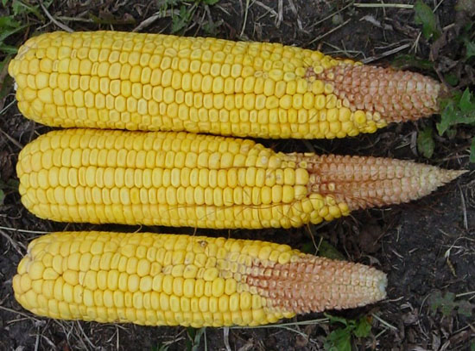
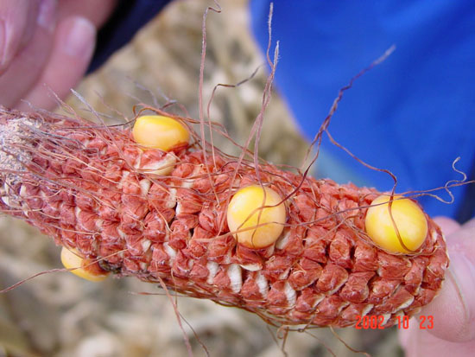
Heat effects on pollen shed
- The location of the tassel exposes it to high radiation and potential temperature extremes
- Extreme heat stress (over 100º F) can reduce pollen prod-uction and viability.
- Severe losses in pollen production or viability are necessary to affect kernel set, which would require an extended period of extremely high temperatures.
Kernel abortion
- Drought stress can prevent pollination, as well as cause successfully pollinated kernels to abort
- Drought stress causes kernel abortion by reducing photosynthesis and carbohydrate availability following pollination
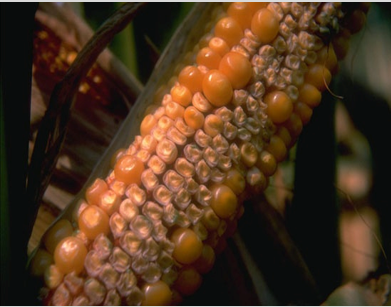
Aborted kernels will appear white and shriveled. The yellow embryo may also be visible
Silk clipping
- Insects such as corn rootworm beetles and Japanese beetles can interfere with pollination by clipping silks
- Clipped silks can still elongate and receive pollen; however continuous intense insect activity can result in reduced seed set
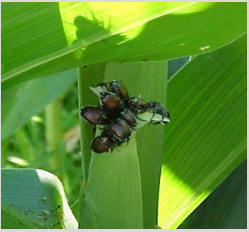
References:
Nielsen, R. L. 2007. Silk Emergence. Purdue Univ. http://www.kingcorn.org/news/timeless/Silks.html
Nielsen, R.L. 2007. Tassel Emergence & Pollen Shed. Purdue Univ. http://www.kingcorn.org/news/timeless/Tassels.html








